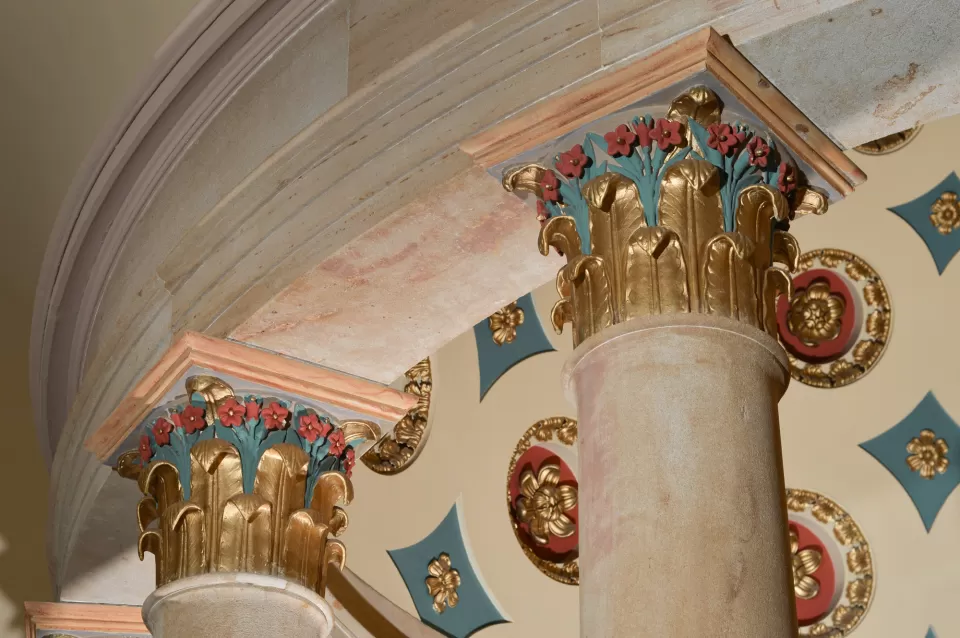
Highlight
Tobacco Column Capitals
Sixteen columns in the small Senate rotunda of the U.S. Capitol feature tobacco capitals designed by Benjamin H. Latrobe, then modeled and carved by Francisco Iardella.
A different tobacco motif designed by Thomas U. Walter is also used in the capitals of the 28 columns in the Hall of Columns.
Image Gallery









Senate Wing




